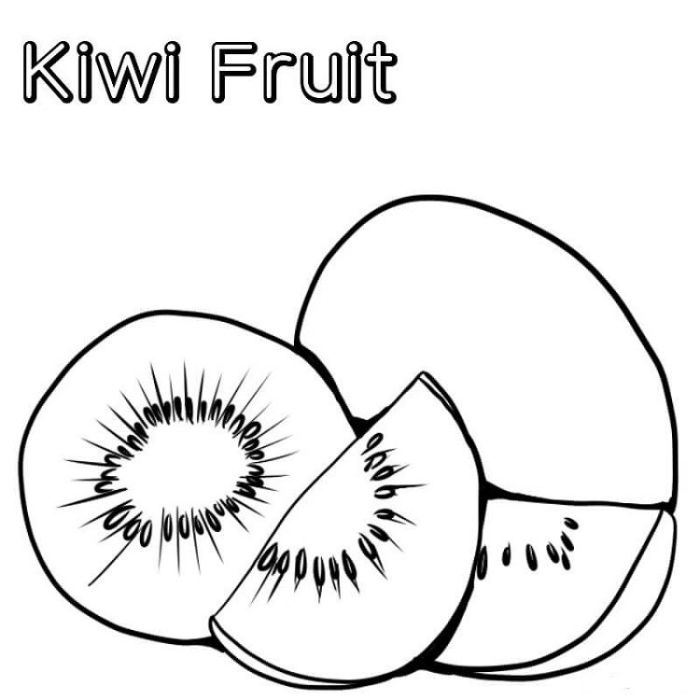Illustrative Aspects: Animation Kiwa Coloring Pages

Animation kiwa coloring pages – The visual style of “Animation Kiwa” coloring pages should directly reflect the aesthetic of the animation itself, ensuring a cohesive brand identity and a satisfying user experience for those engaging with the coloring activity. This means careful consideration of line art, character proportions, and the overall aesthetic will be crucial in translating the animation’s vibrancy to a static medium.The coloring pages should maintain the distinctive charm and appeal of the “Animation Kiwa” animation.
This involves a thoughtful approach to translating the dynamic movement and expressions of the characters into a still image suitable for coloring. Consistency in style is key to creating a recognizable and enjoyable product.
Visual Style and Line Art
The line art in “Animation Kiwa” is characterized by its clean, slightly rounded lines with varying thicknesses to indicate depth and form. Characters generally possess a simplified, yet expressive design. This style should be replicated in the coloring pages. Thicker lines are used for Artikels, while thinner lines provide details such as hair strands or clothing textures. Avoid overly intricate linework that would be difficult for children to color within.
The line weight should be consistent across all pages to maintain a unified visual language. For example, a character’s main Artikel might use a 2-point line weight, while details like eyelashes might use a 1-point line weight.
Character Proportions and Overall Aesthetic
“Animation Kiwa” characters typically have slightly exaggerated features, contributing to their expressive nature. These proportions should be maintained in the coloring pages, avoiding overly realistic or anatomically correct representations. The overall aesthetic should be cheerful and inviting, with a focus on clear, easily identifiable shapes and forms. Think of the classic appeal of children’s cartoons; a balance between simplicity and expressiveness is essential.
For instance, a character’s head might be slightly larger in proportion to their body, enhancing their cuteness and appeal.
Color Palettes
The color palettes for “Animation Kiwa” coloring pages should be bright, vibrant, and engaging, reflecting the animation’s energetic tone. A range of palettes can be offered to cater to different preferences, but maintaining a consistent level of vibrancy is key. Consider using analogous color schemes, which use colors that are adjacent on the color wheel, to create harmonious and pleasing combinations.
For example, a palette might include: #F2D7D5 (light pink), #E69A8D (coral), #D96459 (brick red), and #B3544E (dark red). Alternatively, complementary color schemes (colors opposite each other on the color wheel) could also be employed for a more dynamic effect, such as combining shades of blue (#4682B4) and orange (#FFA500). Background elements can utilize more muted or pastel shades to provide contrast and visual balance.
Line Weights and Shading Techniques, Animation kiwa coloring pages
To add depth and dimension to the “Animation Kiwa” characters in the coloring pages, different line weights and shading techniques can be employed. Simple cross-hatching or stippling can be used to suggest shadows and texture. Line weight variation can also create the illusion of three-dimensionality, with thicker lines used for areas that are closer to the viewer and thinner lines for areas that recede into the background.
For instance, darker shading could be suggested around the character’s nose and cheeks to create a sense of roundness and volume. The use of these techniques should be subtle and avoid overwhelming the overall simplicity of the character design. This will make the coloring pages engaging for children while still maintaining visual interest.
Animation Kiwa coloring pages offer a delightful way for children to engage with vibrant characters. If you’re looking for more dynamic action, you might enjoy the energetic scenes found in animation children jumping around pictures coloring pages , which provide a different style of creative fun. Returning to Kiwa, the focus on detail and expressive characters makes them equally appealing for young artists.
